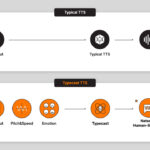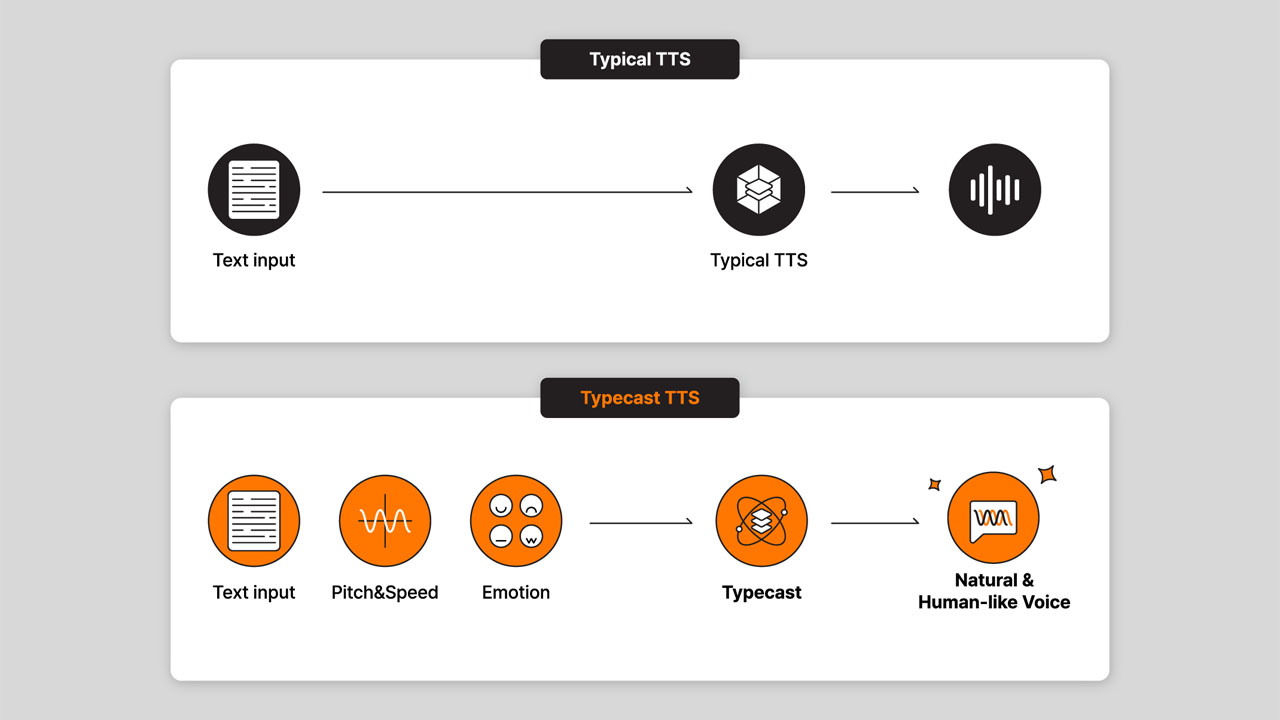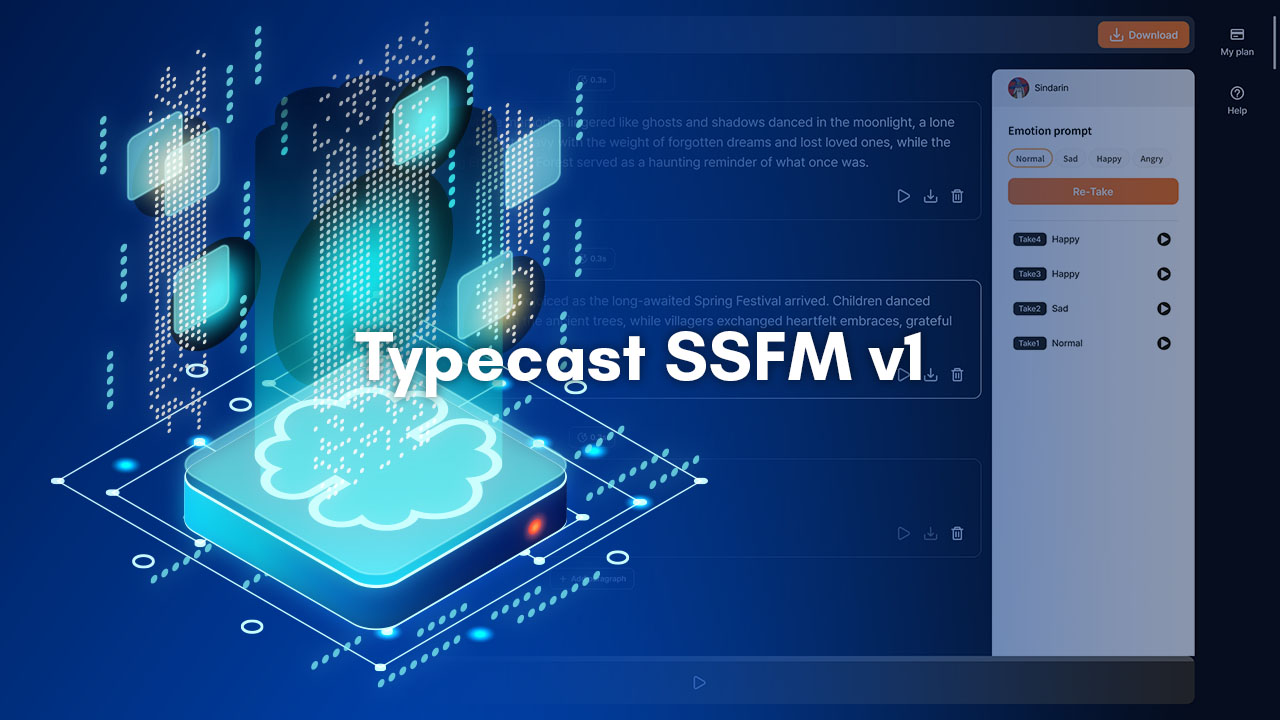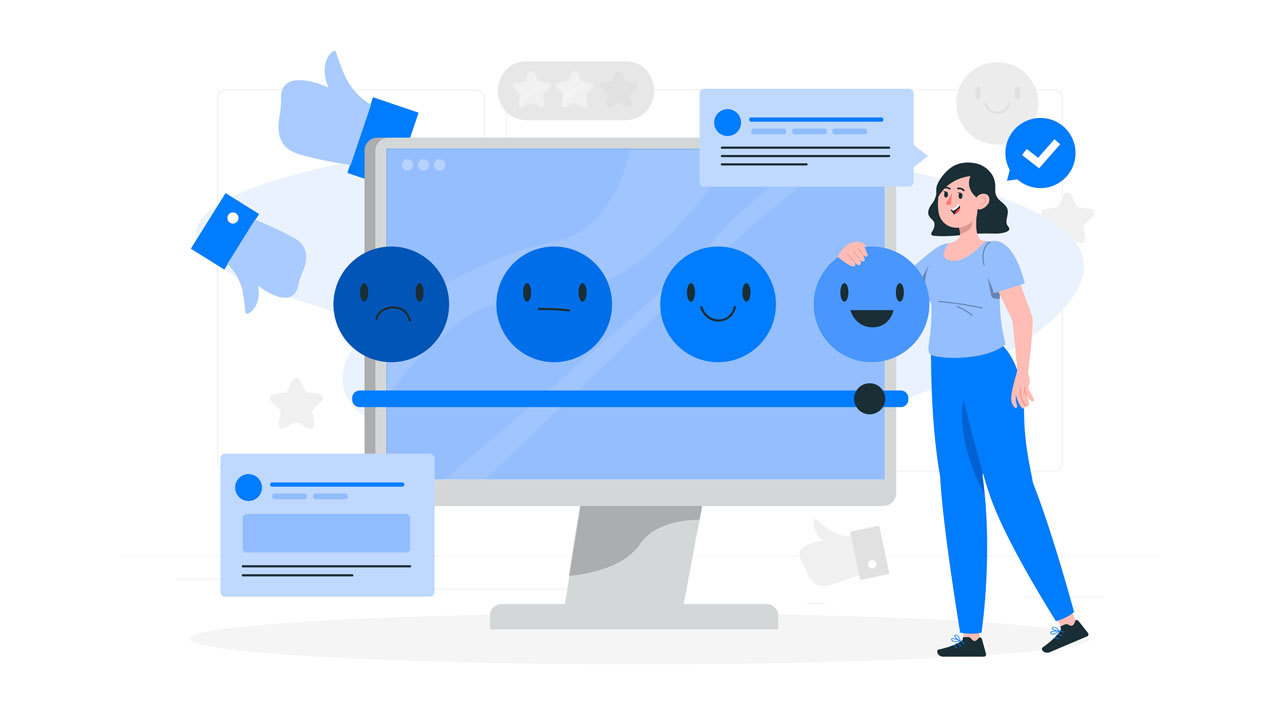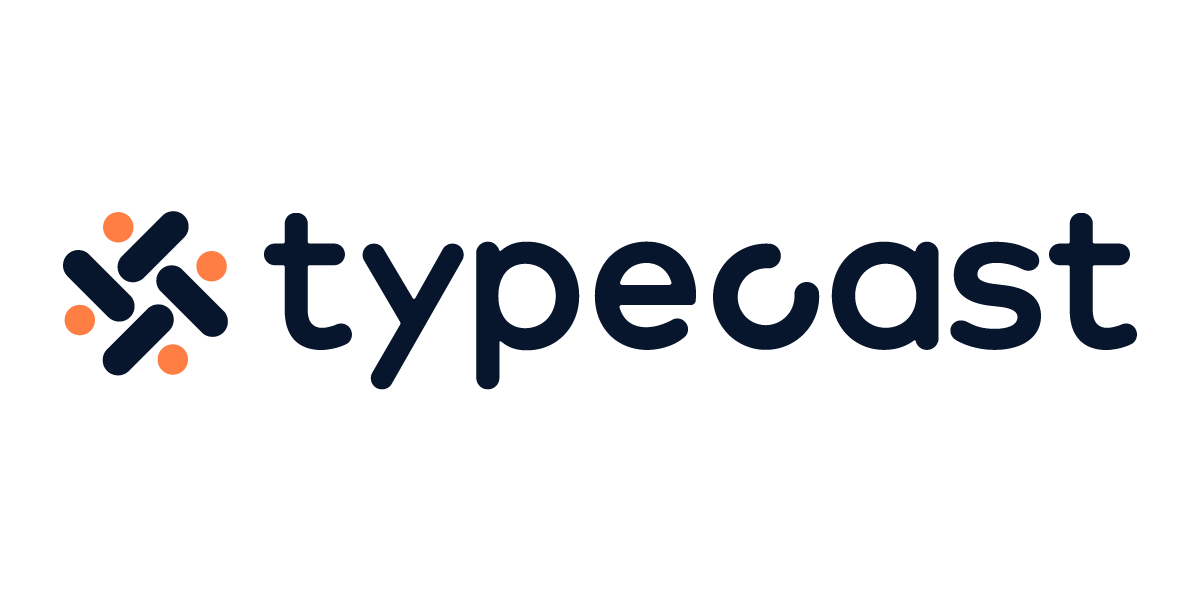There is no doubt that voice over AI technology has come a long way in recent years.
With the advent of online deepfake maker technology, it is now possible to create realistic voice-overs with just a few clicks of the mouse.
This has led to an explosion in auto voice generator technology for various applications.
In this blog post, we will look at some of the current trends in voice-over technology and discuss whether AI will eventually take over from human beings as the primary providers of voice-overs.
Current Voice-Over Trends

It may be cliche, but it’s difficult to deny the fundamental change that the pandemic has had on the way we live and work.
Likewise, the events of 2020 have resulted in a seismic shift in how businesses operate, especially when considering digital marketing and media.
For example, in the voice-over industry, the work-from-home lifestyle became the new norm, and with that came an increase in the demand for voice-over services.
Of course, this shift in how digital media is consumed has forced businesses to adapt and change how they operate.
For example, the increased demand for voice-over services has led to a corresponding increase in the supply of voice-over artists.
This trend is likely to continue and where the role of AI comes in.
Without using a crystal ball, though, it’s difficult to say definitively if AI voice-over technology will eventually take over from human voice-over artists.
Nevertheless, there is a precedent for this change from the current outlook.

Applications of Voice-Over Technology
As we have seen, the current trends in voice-over technology point to an increase in the use of online AI for voice-over services.
But what are the various applications of voice-over technology?
One of the most popular applications of voice-over technology is for marketing and advertising purposes. Businesses use voice-over technology to create commercials, product videos, and other marketing materials.
Another popular application of voice-over technology is for e-learning purposes.
Educational institutions and businesses use voice-over technology to create online courses and training materials.
Finally, voice-over technology can create audiobooks, video games, and chat bots. There are three main types of chat bots available:
- Rule-based Chat bots – These chat bots use a set of rules to respond to users’ basic queries. Although, these models aren’t well-suited for more advanced scenarios regarding many factors.
- Intellectually independent Chat bots – primarily use machine learning (ML) to respond to customer queries and respond.
- AI-powered Chat bots – These chat bots can hold a conversation like a human being using deep learning algorithms. They combine the best of rule-based and intellectually-dependent chat bots.

Trends Likely To Continue in 2022
Pandemic struggles may have sparked many businesses to consider automation for the first time, but as AI voice overs continue to evolve, it is likely that specific trends in the industry will continue to persist.
- Conversational voice overs – The trend for more conversational voice overs is likely to continue as businesses seek to create a more personal connection with their customers, primarily if pandemic restrictions are enforced.
- E-learning And E-Learning jobs – The pandemic has resulted in a significant increase in people working from home, likely leading to a rise in the demand for e-learning content and e-learning jobs. In addition, with in-person learning shifting to e-learning, an increase in voice-over opportunities is almost guaranteed.
- Voice Technology and Text-to-speech jobs – Voice technology and text-to-speech are likely to grow as businesses seek to automate their customer interactions. As a result, companies can save time and money by incorporating voice technology into their customer service interactions.

Concerns From Voice Over Artists
With the new wave of AI startups and deepfake technology, many voice-over artists are concerned about the future of their industry.
It’s not hard to see why they’re worried.
Nothing embodies this concern more than the story regarding Bev Standing, whose voice-likeness was used on TikTok for voice-overs without her consent.
So naturally, she was concerned about her brand.
Various companies such as Typecast use a roster of professional AI voices.
But usually these companies obtain the license to offer these voices with consent from living voice actors, or work with the voice-actors themselves in order to create these AI voices.
Either way, real human voice-actors are still needed, and should be compensated fairly for their roles in synthesizing speech.

Conclusion
The voice-over industry is ever-changing, and it can be hard to predict what the future holds.
However, one thing is for sure: the industry will continue to grow and evolve alongside technology.
With AI technology becoming more sophisticated and text-to-speech becoming more realistic, it will be interesting to see how voice-over artists adapt in other spheres.
Ultimately, the goal is to create engaging and entertaining content for the consumer. Whether that is done by a human or an AI.
And in the end, the human component is still needed.




